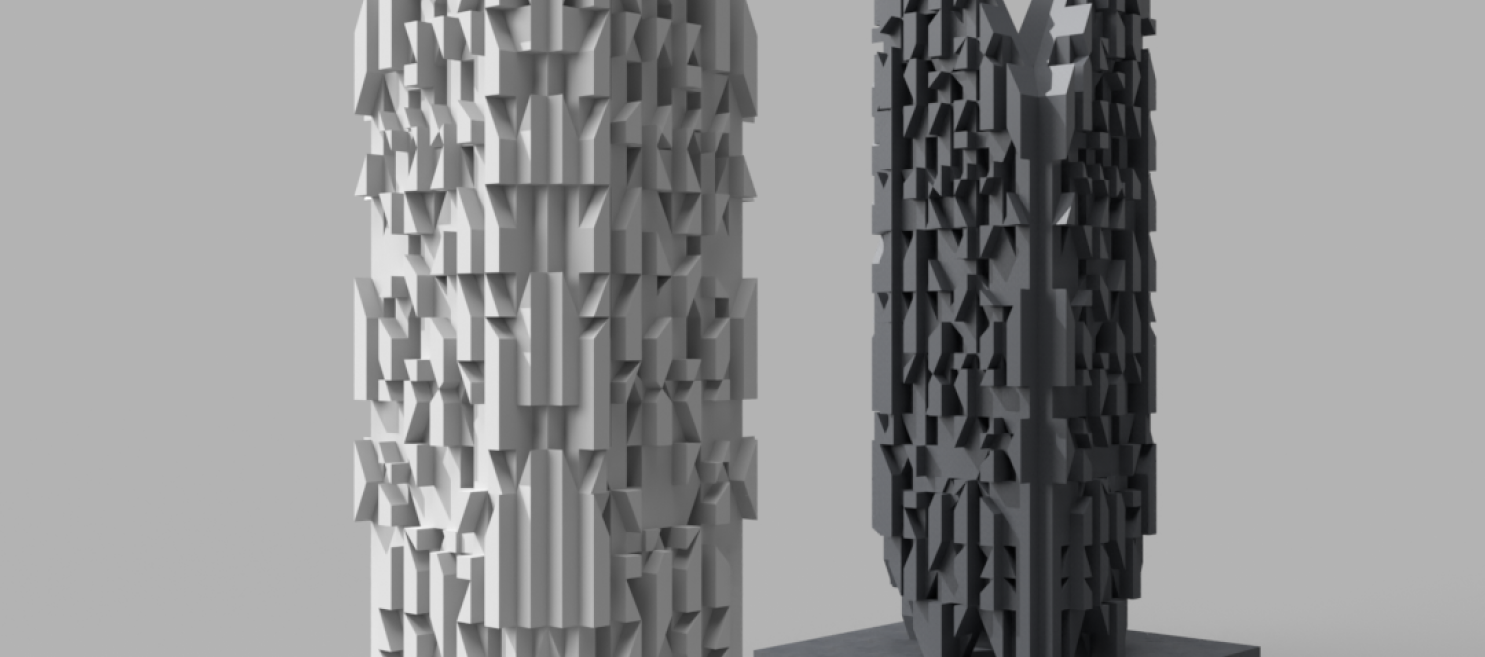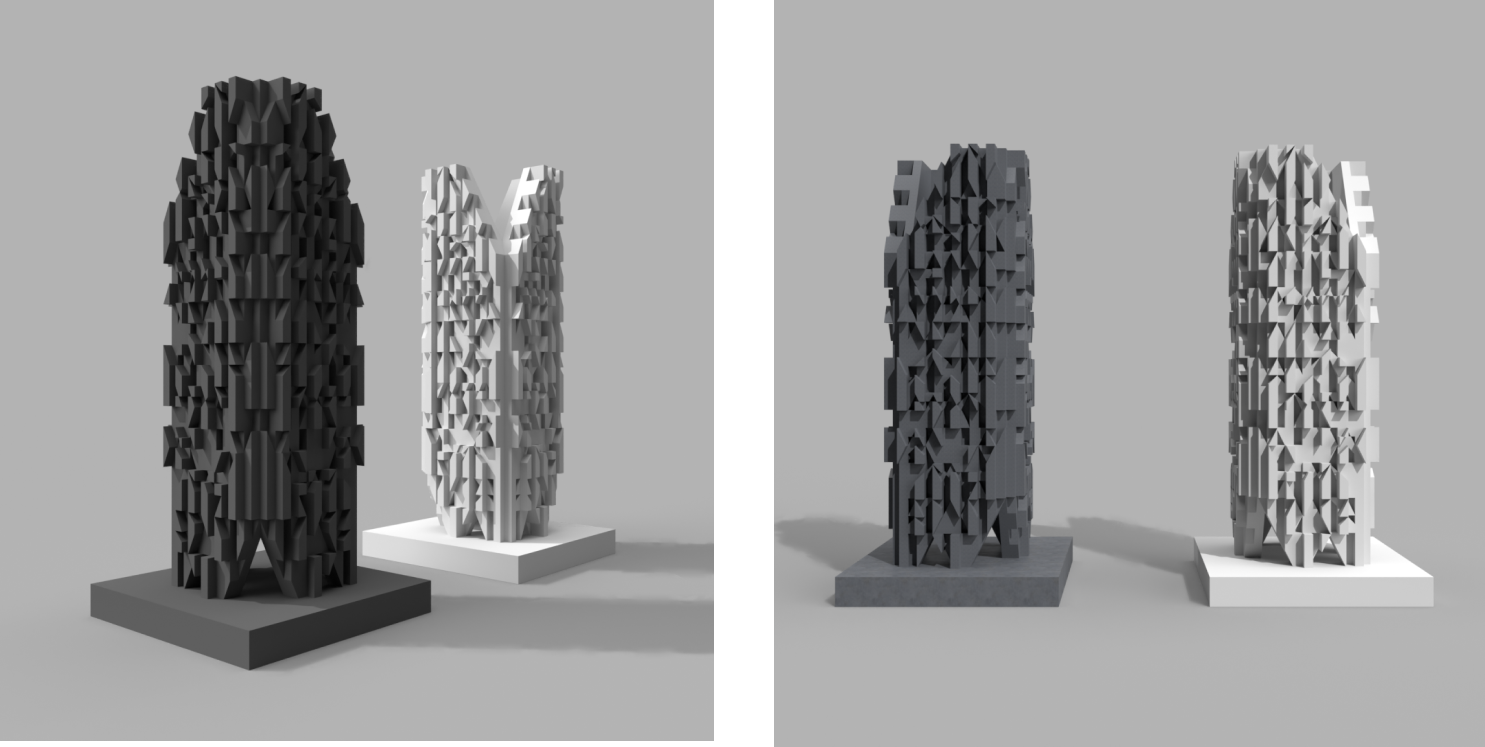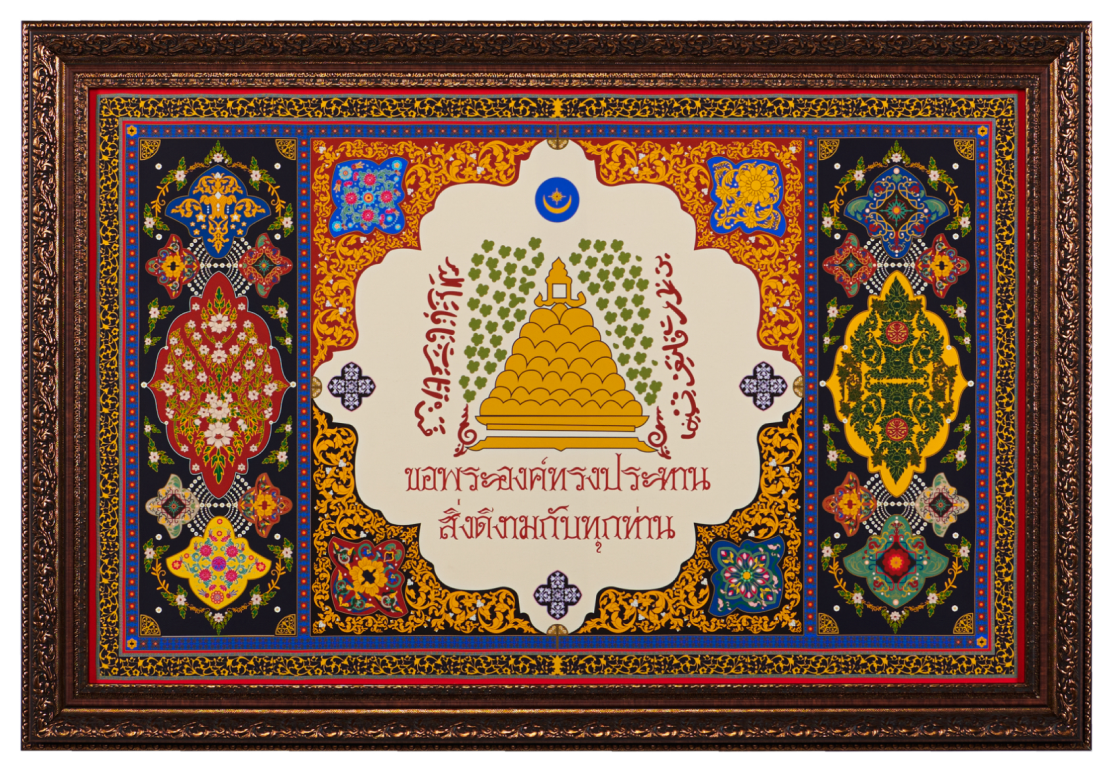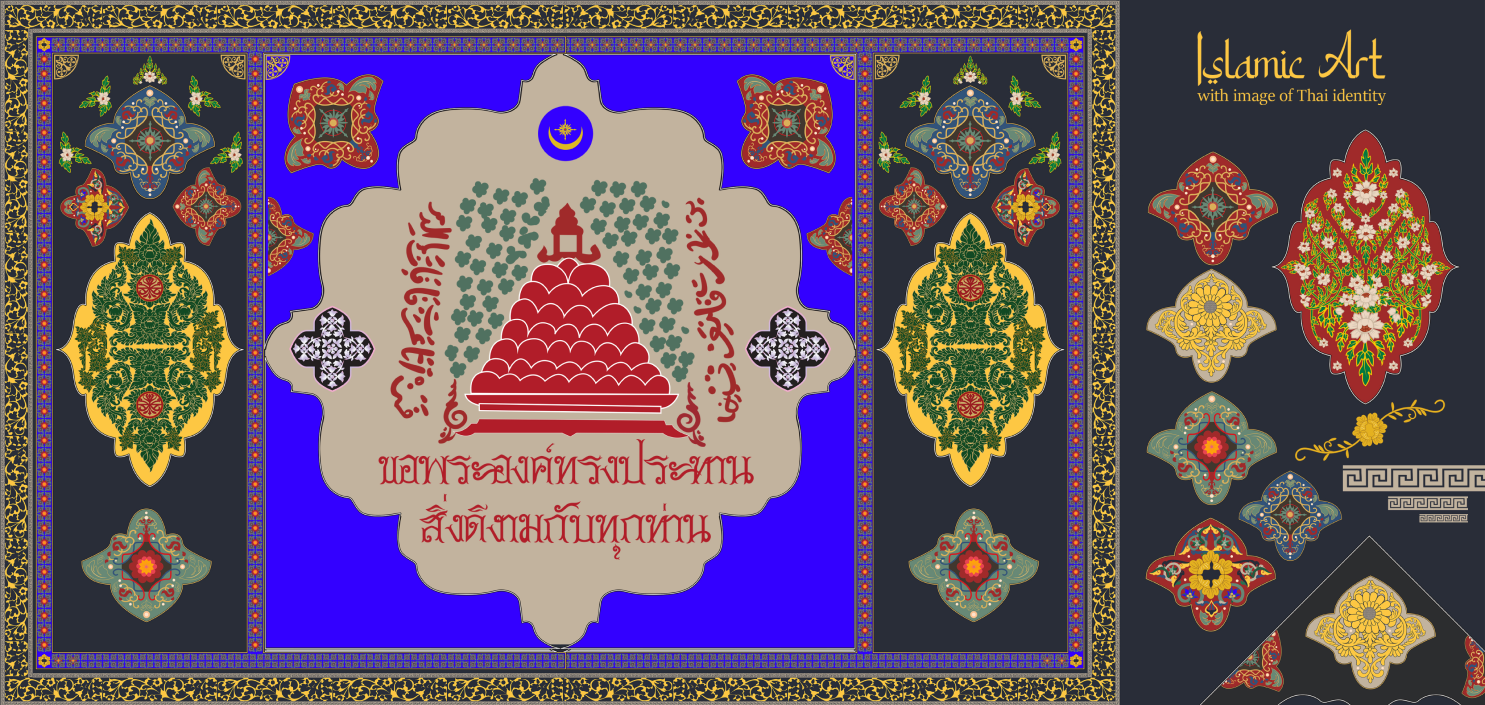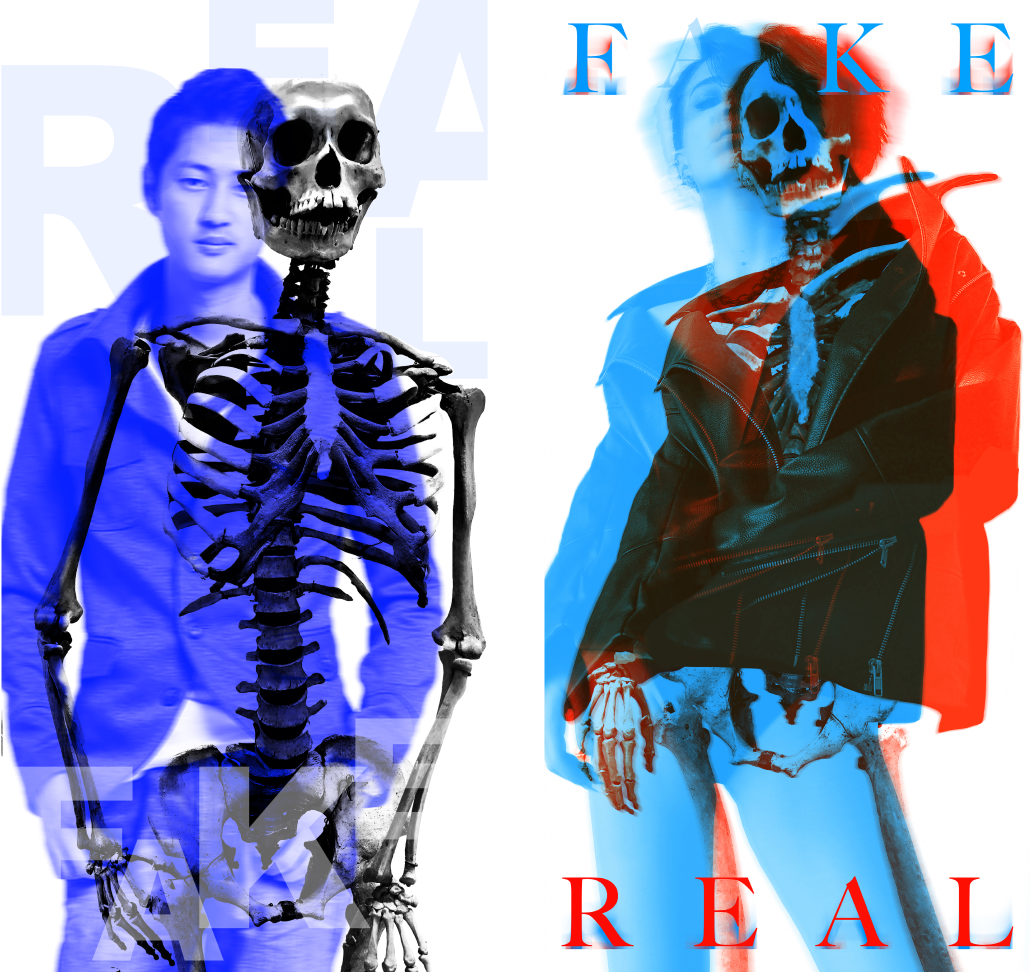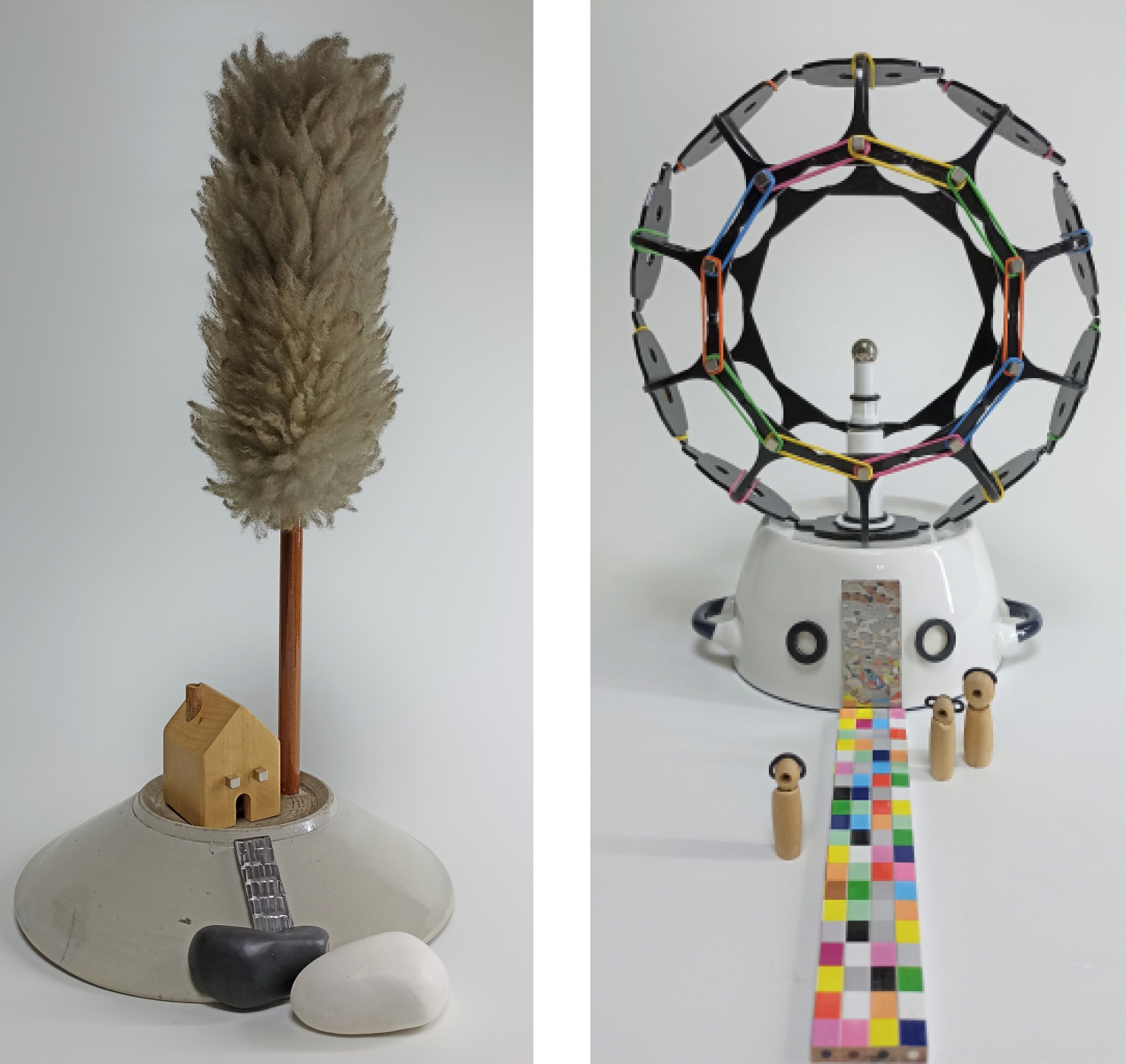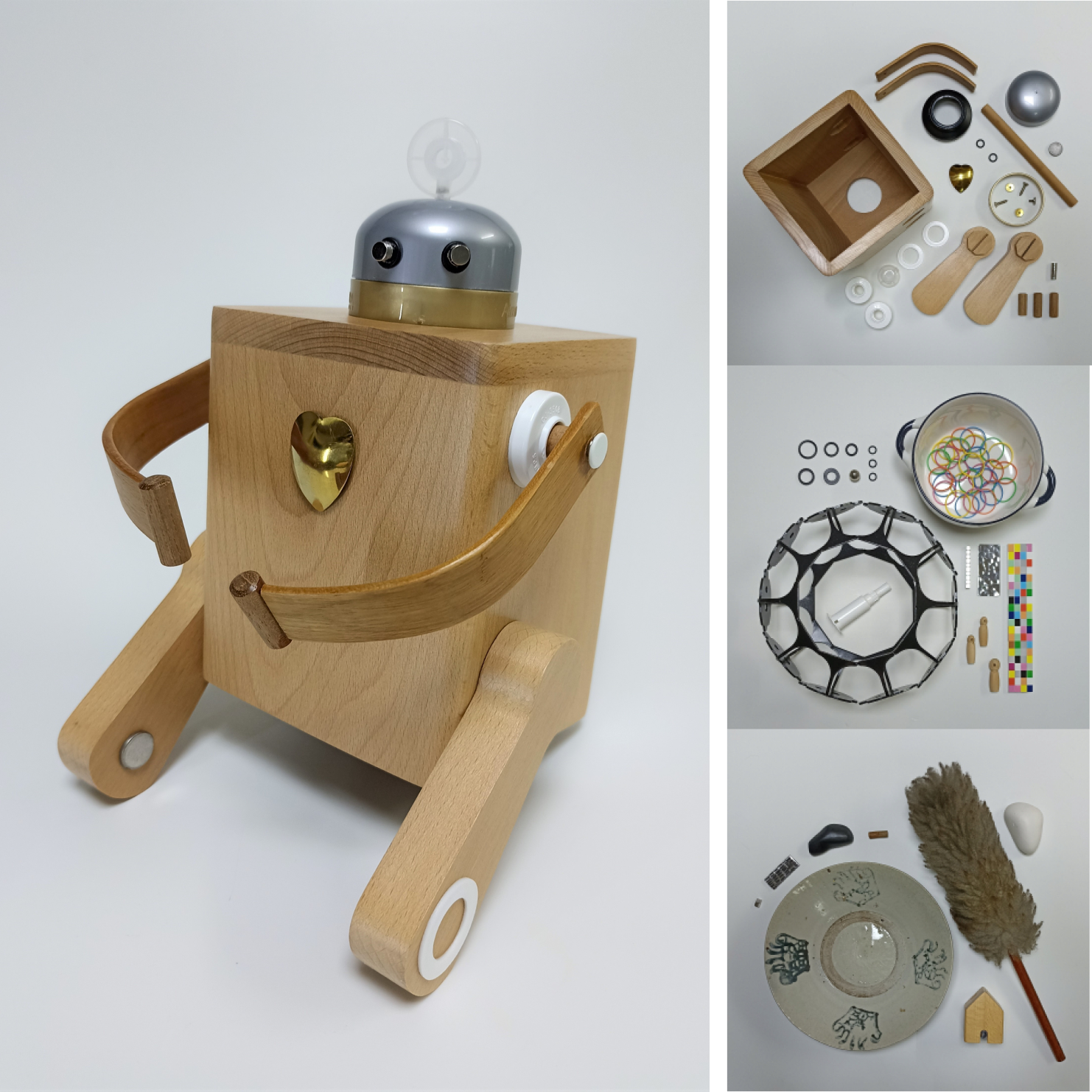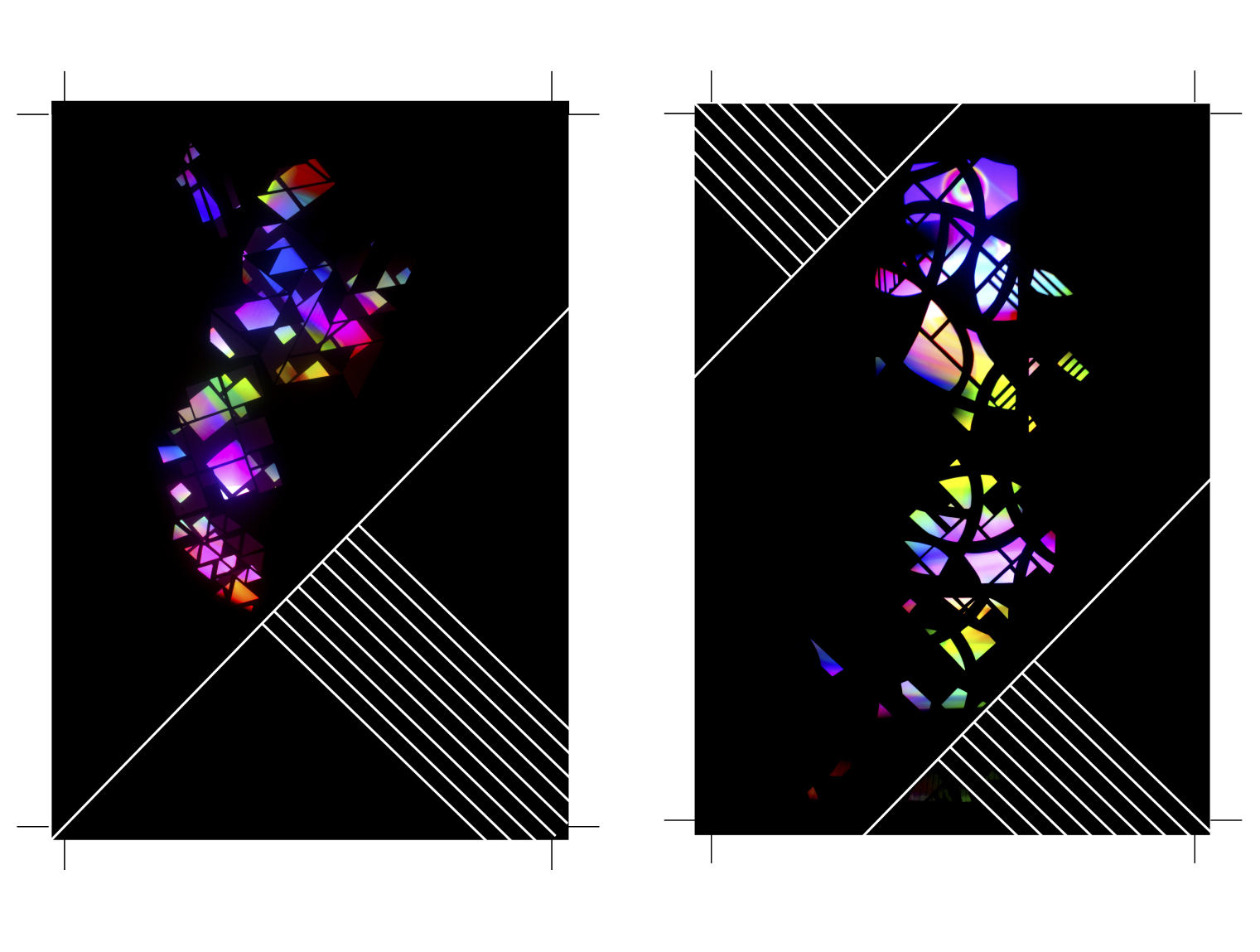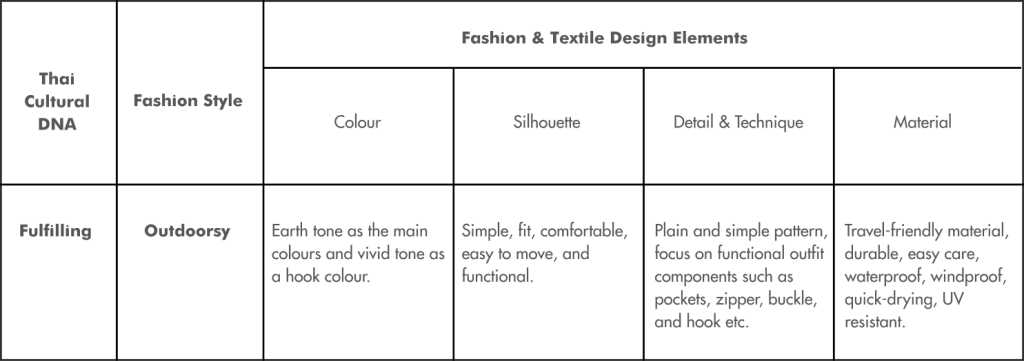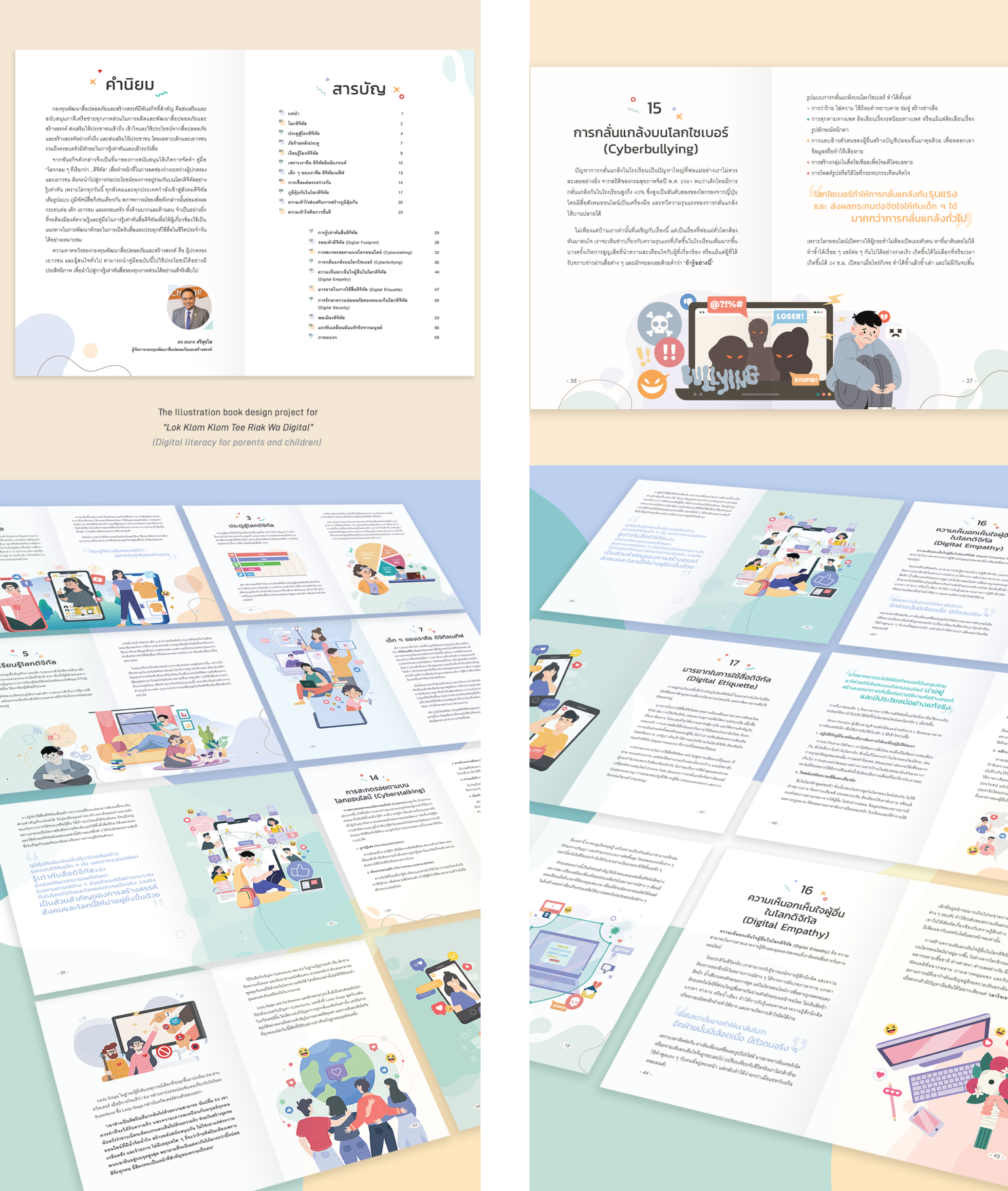Children of Water
Assist. Prof. Samuel Raymond Forkner
Introduction
Motion-pictures in the visual arts
Non-fiction films use well-worn, and proven, artistic methods for their delivery just like make-believe films do. Sculpted for the viewer’s ‘enjoyment,’ these techniques are really objective in nature as they are passed down from teacher to student, or pioneered by individuals over time. In the field of the visual arts, these methodologies can sometimes be thought of as a particular format for a visual work (such as a documentary or music video). These formats have parallels in art history, such as movements or schools of thought
(like a post-impressionist painting or an Avalokitesvara Buddha image). Artistic methodologies utilize techniques to create an illusion of reality, they make inanimate objects come to life, they spark the imagination and keep it going for the duration. Thinking visually occurs in a different part of the brain than say reading or logic, and by viewing something that seems real the participant is rewarded with a revelation (a new understanding) about a situation they might not otherwise have been able to be a part of. This is how make-believe works for fiction films, as well as documentaries from hard to reach locations. The main goal of art is to create an image, for the purposes of viewing. We must always be finding ways of integrating new viewing technologies with these methodologies because cameras and the industry are constantly changing. Videographers always try for cinematic looks, even when they are photographing events in real time which aren’t staged. They frame, focus and expose to create a type of shot. It is a tradition since the very start of motion-picture cinematography, such as the Kinos. Thus, non-fiction films still create an illusion of reality. However, in documentary production it is assumed that the information is going to be successfully received by an audience member. Even if that illusion is that it is all real, they will see it as the truth of life.
Conclusion
Documentaries profess themselves as being pure representations of the truth because they record something that really happens. The effect of raw footage, or video captured in a journalistic setting, gives the viewer a sense that what they are seeing is real. Live video has an authenticness due to the spontaneity of its capture. Guerrilla-style shooting works very well for live recording. In fact, during the shooting of this documentary, it had already been 10 years since Michael Moore made his groundbreaking work “Roger and Me” where his three person crew ran around capturing fleeting moments of revelation. And it would be only three more years before he would win an Academy Award for making “Bowling for Columbine,” giving documentaries the biggest boost in public consciousness since the 1970s. This form of freestyle, independent cinema was academically described in the Guerrilla Film Makers Handbook in 1996.
Shooting documentaries guerrilla-style might seem to be a journalist’s approach to capturing video footage. But that doesn’t mean artistic principles will take a back seat, quite the contrary. Capturing cinematic, movie-like shots of live events is a skill of which the Kinos prided themselves back in the 1920s with their newsreels. And all the way through the late 1900s with news television camera-operators, up until the present day with high definition video available on mobile devices, the influence of these “truths of life” is what helps a narrative to stick in the public consciousness. Much like playing a solo in a musical ensemble, cinematographers are always waiting for the right moment to capture an epic shot. With the goal to record striking images, there is also the artistic intent needed to shape up and edit the footage together with an overall structure, show the character of a particular location, or tell part of a story along with also being informative. For the camera operator to be a one person crew, makes him or her the director as well. Artistic considerations overwhelm all others during the capturing of imagery and they must do it all in real time without any second takes. Using lessons from observational cinema and ethnological film, a filmmaker should try to remove any trace of himself from the movie, an impossible task when he is a strange foreigner in the deep villages of Bangladesh. Similarly and in parallel, the filmmaker’s subject is trying not to artificially influence his environment during observations to maintain his own scientific objectivity. The appropriateness of guerrilla-style filmmaking could not be more welcoming in a situation where a tiny,
yet powerful camera can grab kino style clips for documenting something important while it is happening, in the moment, without the possibility of staging scenes or rehearsing. Documentaries typically reveal content unknown to the public in this way. This style has been appropriated by modern broadcast television in the form of reality TV. And no doubt will take on other forms in the future. Here I use it with purpose to showcase what I learned in those very special four months from July to October in 1999.
Art can serve society by educating a general audience. Artisans can collaborate with doctors from their fields of science and help them reach out to the public, inspire, educate and heal. Even now in the field of visual arts there are gray areas regarding the correct pigeon hole for where to place video. Is its texture even capable of being fine art? Is video-art strong enough to hold its own at an exhibition, or does it need to be part of an installation to be interesting? Can informational or educational videos be themselves a work of art, or would this just be the same as documenting an artistic production where the camera is only a recorder? Does having pre-disposed content reduce one’s ability to use an artistic methodology? Questions like these tend to suggest that techniques from the field of visual arts must be subservient, out of necessity, to collaborate within another field. It is almost as if saying art is doomed to be bonded to a utilitarian purpose forever. However in the context of the film industry, its constantly changing technology and therefore its means of distribution, a collaboration that forces a particular type of structure or working style upon the artistic method is simply just an issue of formatting. The philosophy of capturing the images comes from a tradition dating back to the very origins of film and cinematography. Likewise this work has been repackaged to be distributed in a much different technology than the camera itself was designed for.
Process or Methods
In the villages I tried to shoot in an observational style like from the philosophy of direct cinema or ethnographic film from the 1960s. I tried not to interfere with the environment around me by moving things around or asking people to do things. Instead I let the camera roll in the hopes of capturing a special moment. It is, however, impossible not to influence your surroundings. The observer influences the system simply by being there, and we were there for four months. But the people got used to us on a certain level. Still, kids would run up in front of the camera on purpose, every single time. Excited, they would jump around. But the philosophy of shooting didn’t change and I tried to keep the camera out of everyone’s mind whenever it was possible.
The structure of the edited footage was planned in ordered sequences:
- Tonal montage, introductory sequence and title segment
- Information sequence 1, authoritative source, interview with Dr. Thameed
- Rhythmic montage, travelogue
- Information sequence 2, training with the field workers
- Metric montage, severity
- Information sequence 3, What are we finding?
- Overtonal montage, food montage
The introduction is a tonal montage with long superimpositions based on the line of a figure or the space and volume of a shot. It contains the title and tries to create a sense of place, a place on the water with primitive technology.
The interview with Dr. Thameed is cut in an A-roll/B-roll style. He relays information to the viewer in a well explained order. He nicely sums up the main issues which make up the brunt of the problem: immunity, infections and the cycle which causes malnutrition, rehabilitation and recommendations, vitamin supplementation.
The next segment is a sequence cut according to the motion within each shot. It is what Sergei Eisenstein called a rhythmic montage because the motion of the subject within a particular shot creates a visual rhythm from left to right, up and down, or in and out. As the ghost ride from the perspective of being on a boat moves you across the screen, I cut back and forth between country and city scenes to make a contrast between their lifestyles in a mit-out sound (MOS) travelogue.
The training of the field workers was shot out in the field, So I tried to use an observational style, such as an old ethnographical film where the camera tries to hide in the corner like a fly on the wall. But the search for objective truthfulness, such as the pravada of the Kinos, comes more from a direct cinema approach. Letting the camera roll constantly, I captured what was happening at the moment. I knew the footage would be extensively edited with the purpose of taking advantage of the large ratio of footage to final piece length.
The information should come out when cutting the footage together, especially if I was to cut according to what was there in the frame, rather than any preconceived notion of how the documentary should be. I wanted to cut the footage together the way that the footage itself wanted to come together. While I was shooting, I made sure to frame many different picture sizes and camera angles.
The third informational segment is edited with the same ideas as the second informational segment and it segues into an overtonal montage.
By combining footage of different recipes being prepared, I created an associative connection between related events. The viewer will connect the information in each successive shot and draw conclusions about how these people live and survive.
Techniques and materials
In the 1960s, direct cinema was made possible by the invention of light weight cameras and advances in sound technology which reduced the number of people needed to make up a film crew. Likewise, in the last years of the 1990s, digital video made this technology even smaller and more affordable. I instantly became a one-man crew just in time to do my thesis. At the time this footage was shot, cameras could not yet record to a disc or a hard drive. Although that technology would arrive quickly after the turn of the millennium and start the age of the infinite reel, which we are in now. I had to carry mini-DV cassettes with me that I put in a Tupperware container to keep dry. I had enough money left over after the purchase of my Canon Optura camera to buy 40 one-hour tapes, and I had a battery which would last for 6 hours but had to be worn on your belt and connected to the camera with an obtrusive wire.
It was a guerrilla-style production in many aspects. I had a very small budget of $2,600 which included the camera, batteries, and a roundtrip plane ticket. My financial concerns would always come last to the organizations I was helping, because funding for non-profit organizations that do necessary work, never have any budget left over for art projects. Nevertheless, I knew that this subject would make a great documentary.
And I hitched a ride wherever I could. The people within the organization were very helpful, and I was taken to many sites outside of the scope of my friend’s particular research project. They taught me about their work and their methodology. I met a lot of inspiring people.
Shooting in this environment was a challenge, but riding in pole driven boats made each shot like a dolly move, or a ghost ride. I approached shooting the same way that I approached playing a musical instrument. I had practiced my rudiments such as framing, capturing with a manual focus and exposure, and how to hold a steady shot. I would record as many nature shots and beauty shots as I could. I also had a lapel microphone which I put upside down in a cooking wok so I could have a parabolic microphone like the ones used in sport stadiums. I put a hand strap on it so that with my left hand I could point it at the subject and get good sound out in the field. I held the camera in my other hand and used the neck strap to keep it steady. I had to have a way to pack it up quickly when it started raining or I needed to get in and out of the boat.
Since this video was shot editing technology has gotten a lot better. Non-linear editing has become the standard for video editing and personal computers have become much more powerful. Modern computers, however, can no longer connect to video tape decks and many now do not even read DVD discs.
For the sequence in the villages, I cut in the style of continuity, using techniques like match on action, reverse angles, cut-aways and inserts, and changing picture sizes from close-ups to long shots. When shots like these are cut together they preserve the illusion that this sequence of shots happened in continuous time, in actuality they were separated by minutes. The editing philosophy relies heavily on montage theory as well. I use montages to separate informational segments which can tire the viewer, to give some breathing room and time for contemplation. I employed a tonal montage for a typical opening sequence, a rhythmic montage to compare the rural area with the bustling city of Dhaka, a metric montage to add a sense of urgency, and finally an overtonal montage to express the magnitude of the villagers situation, to pose the question “what do we eat and why?”
Size or Mins.
1200PxX1200Px-

Download
